As the foundation for your lower body’s movement, the foot, and its numerous bones, ligaments, tendons, and muscles can be a source of significant joint pain. Often associated with inappropriate footwear or poor alignment, pain in the foot is most commonly caused by trauma, such as a fracture; disease, such as osteoarthritis; deformities, such as a bunion; or stress injuries.
If you are experiencing any of the following foot pain symptoms, it may be time to visit with a foot specialist.
- Numbness in the foot
- Pain in the heel, ball, or arch of the foot
- Inability to perform daily activities without foot pain
- Change in sensation or color of skin or toenail
- Swelling or tenderness
- If the afflicted area looks deformed or if you have lost function
A consultation with a foot doctor is the best way to differentiate between a severe foot condition and a minor foot injury. At The Orthopaedic Group, P.C., we understand that foot pain can have a significant impact on your daily life, and we will work with you to develop a treatment plan specific to your needs. Our foot experts know that proper diagnosis is paramount in determining the most effective treatment plan for your individual condition. To consult with a foot doctor at The Orthopaedic Group, P.C., please call (251) 450-2746.
Why choose The Orthopaedic Group, P.C.?
At The Orthopaedic Group, P.C., our specialty-trained foot doctors are recognized leaders in the diagnosis and treatment of foot injuries and conditions. Our specialists have the training, expertise, and experience to assess, diagnose, and treat your injury or condition individually to your needs. To request an appointment online with The Orthopaedic Group, P.C., foot surgeon, please use the appointment request box or call (251) 450-2746.
